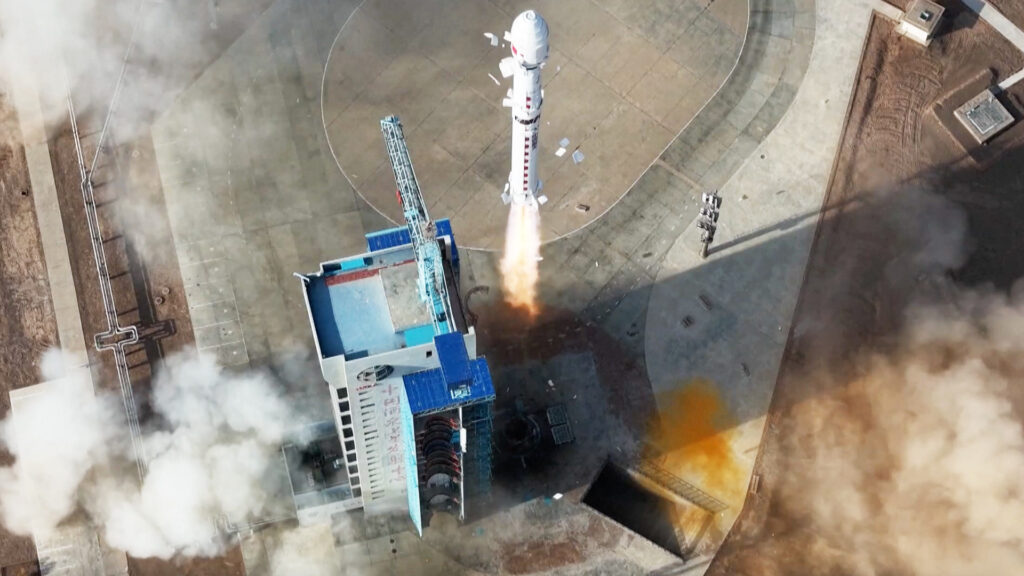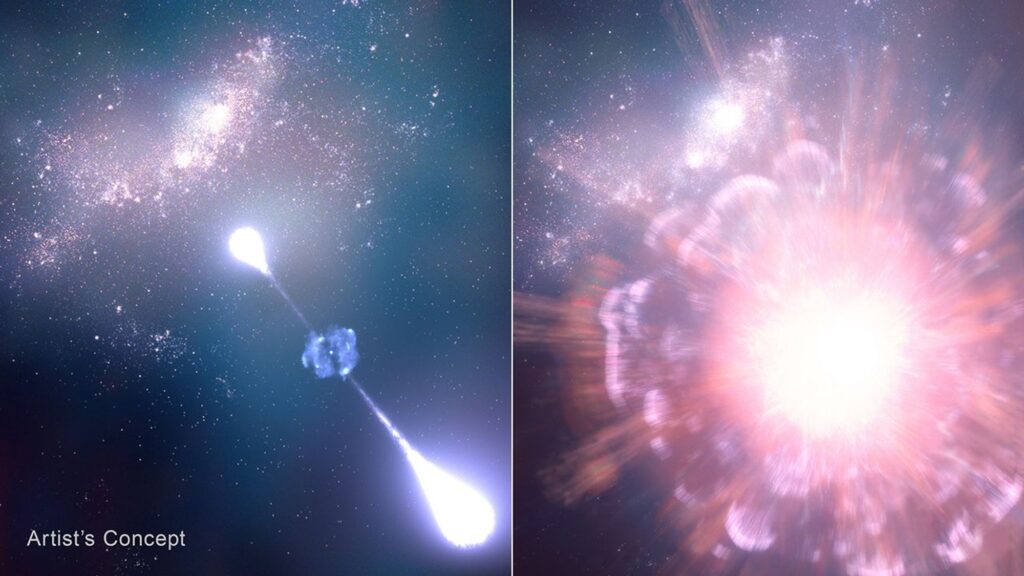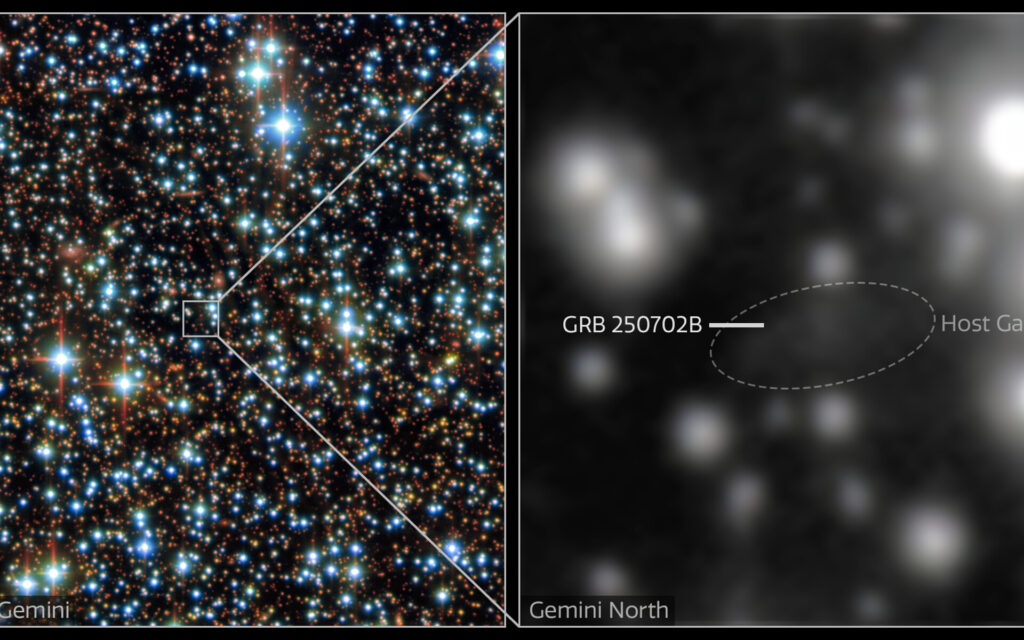Now Reading: Deep ‘scratches’ and craters on Mars tell the tale of a Red Planet ice age
-
01
Deep ‘scratches’ and craters on Mars tell the tale of a Red Planet ice age
Deep ‘scratches’ and craters on Mars tell the tale of a Red Planet ice age
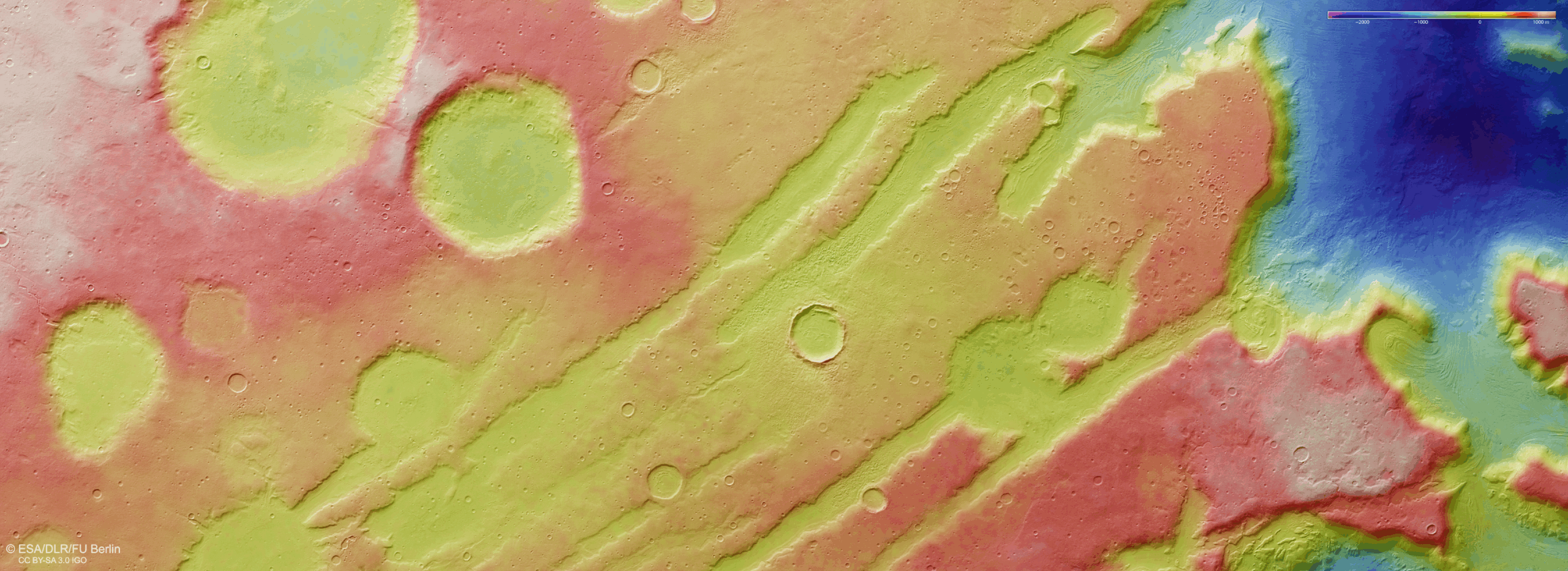
Mars may have had its own version of an Ice Age that reshaped parts of the Red Planet and carved deep “scratches” in its surface that remain visible today.
New high-resolution images from the European Space Agency’s (ESA) Mars Express orbiter show ridges, troughs and swirl-like textures that bear a remarkable resemblance to glacial formations on Earth. Spotted in a rugged mid-latitude region called Coloe Fossae, these features likely formed as ice mixed with rock and dust crept through valleys and pooled inside impact craters, suggesting glaciers once flowed far from the planet’s poles, reshaping valleys and craters in their path, according to a statement from ESA.
Ice ages are natural climate cycles driven by subtle shifts in a planet’s orbit and tilt, which change how sunlight falls across its surface. As temperatures swing over time, glaciers expand and retreat, reshaping the landscape. On Mars, these ancient rhythms left behind the frozen scars now visible in regions like Coloe Fossae, which lies around 39 degrees north of the equator — well outside the polar regions where Martian ice is usually found.
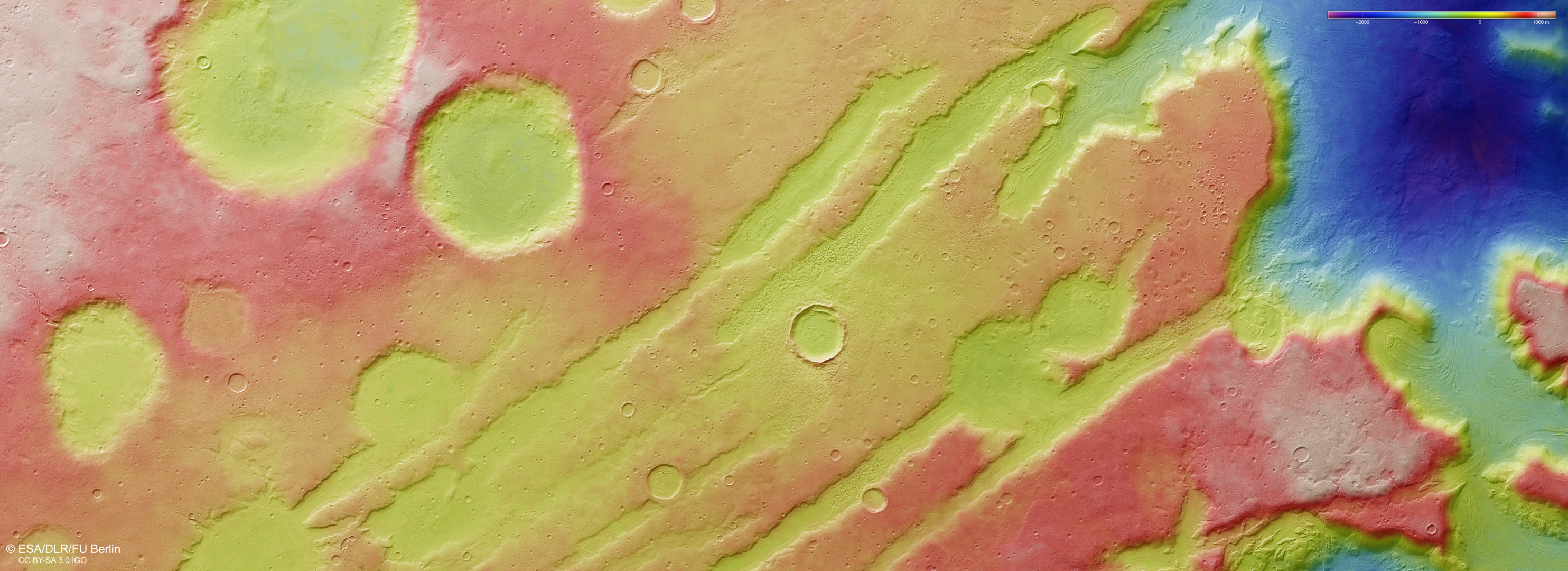
Coloe Fossae was shaped by powerful tectonics, which stretched and cracked Mars’s crust, causing chunks of ground to collapse and form long, parallel troughs. Traces of debris can be seen in the swirling deposits found at the bottom of deep valleys and impact craters scattered across the region.
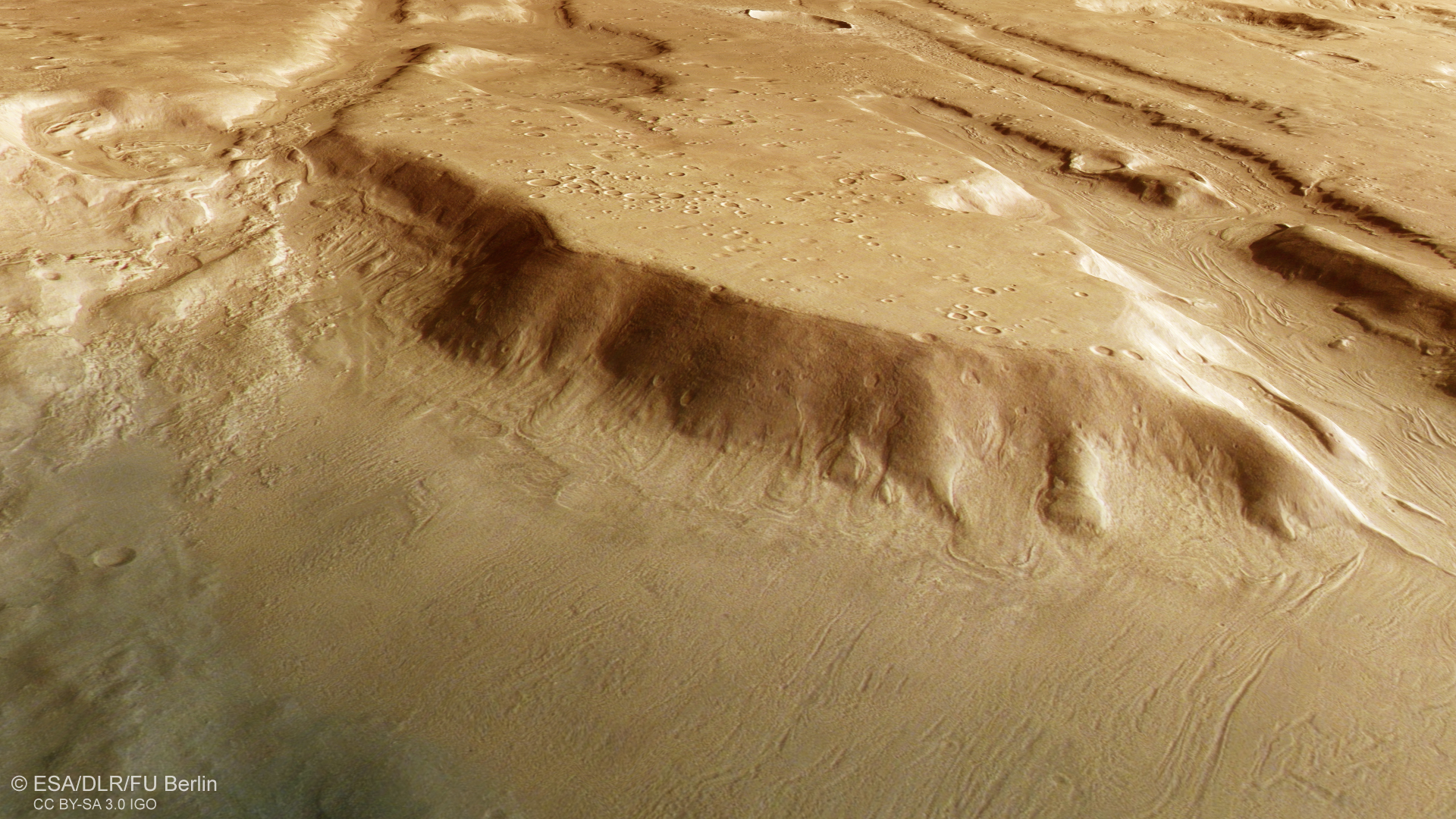
Researchers believe that these deposits appeared during a past Martian ice age, when the planet’s tilt shifted dramatically. When Mars leans more steeply on its axis, sunlight patterns change, causing polar ice to migrate toward the mid-latitudes. As the tilt lessens, the ice retreats again, carving and refilling terrain in rhythmic cycles that mirror Earth’s own glacial epochs.
“Although Mars is currently dry, it has experienced alternating periods of warm and cold, freeze and thaw, throughout its history, driven by changes in the tilt of its axis,” researchers said in the statement.
The swirling deposits and flow-like textures in Coloe Fossae provide clear evidence of Mars’s dynamic climate history, showing how ice once shaped mid-latitude landscapes. These findings give scientists valuable insights into the timing and patterns of past ice ages on Mars, helping to refine models of the planet’s geological and climatic evolution over millions of years.
Stay Informed With the Latest & Most Important News
Previous Post
Next Post
-
 012024 in Review: Highlights from NASA in Silicon Valley
012024 in Review: Highlights from NASA in Silicon Valley -
 02Panasonic Leica Summilux DG 15mm f/1.7 ASPH review
02Panasonic Leica Summilux DG 15mm f/1.7 ASPH review -
 03How New NASA, India Earth Satellite NISAR Will See Earth
03How New NASA, India Earth Satellite NISAR Will See Earth -
 04And Thus Begins A New Year For Life On Earth
04And Thus Begins A New Year For Life On Earth -
 05From Polymerization-Enabled Folding and Assembly to Chemical Evolution: Key Processes for Emergence of Functional Polymers in the Origin of Life
05From Polymerization-Enabled Folding and Assembly to Chemical Evolution: Key Processes for Emergence of Functional Polymers in the Origin of Life -
 06Astronomy Activation Ambassadors: A New Era
06Astronomy Activation Ambassadors: A New Era -
07SpaceX launch surge helps set new global launch record in 2024












